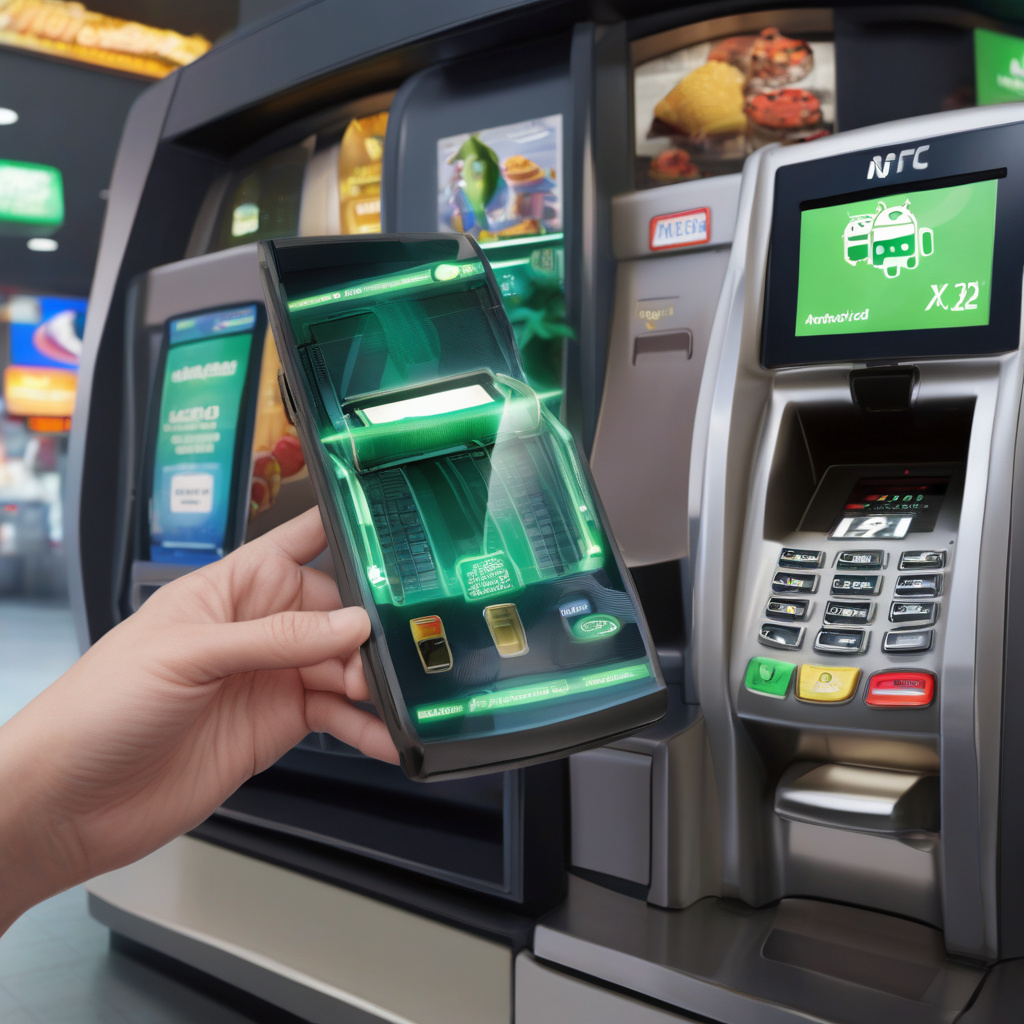SuperCard X Android Malware: A Threat to Contactless Transactions
In the ever-evolving landscape of cybersecurity threats, a new Android malware-as-a-service platform has emerged, posing a significant risk to contactless transactions. Known as SuperCard X, this malicious software enables near-field communication (NFC) relay attacks, providing cybercriminals with the means to carry out fraudulent cashouts seamlessly.
Recent reports reveal that SuperCard X is actively targeting customers of banking institutions and card issuers in Italy. This sophisticated malware aims to compromise payment card data, allowing threat actors to bypass security measures and exploit vulnerabilities in contactless payment systems.
The implications of SuperCard X are alarming, as it opens the door to unauthorized transactions and financial fraud on a large scale. By leveraging NFC relay attacks, cybercriminals can intercept communication between contactless cards and point-of-sale (PoS) terminals, enabling them to conduct illicit transactions without the cardholder’s knowledge.
The modus operandi of SuperCard X underscores the importance of robust security measures in the realm of digital payments. As more consumers embrace the convenience of contactless transactions, ensuring the integrity of these systems becomes paramount to prevent exploitation by malicious actors.
To safeguard against threats like SuperCard X, organizations must implement multi-layered security protocols and continuously monitor for suspicious activities. Additionally, educating consumers about cybersecurity best practices can empower them to detect and report any unusual transactions promptly.
In conclusion, the emergence of SuperCard X highlights the evolving nature of cyber threats targeting financial systems. By staying vigilant and proactive in addressing security vulnerabilities, both financial institutions and individual users can mitigate the risks posed by sophisticated malware attacks in the digital age.

